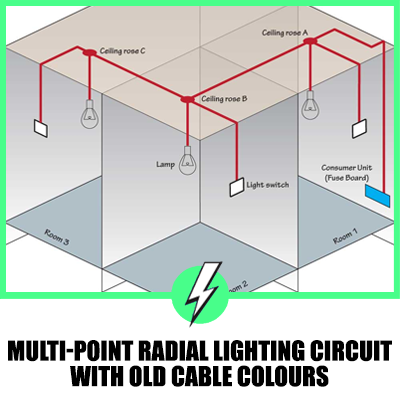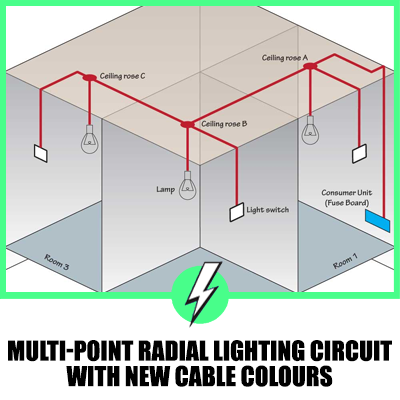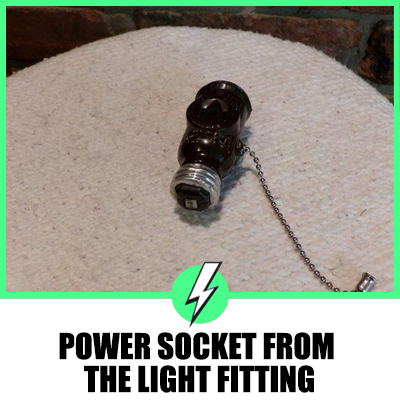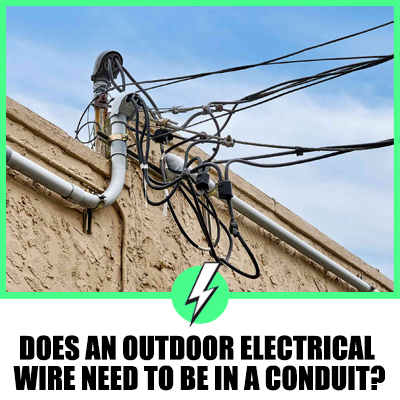How to Wire a 2 Pole GFCI Breaker Without Neutral Safely
Ready to tackle the task of wiring a 2 pole GFCI breaker without a neutral?
It may seem complex, but with the right approach, it’s a project well within reach for the determined DIYer. This guide aims to demystify the process, providing you with the knowledge and confidence needed to enhance your home’s electrical safety and your DIY prowess.
Well, we’ll be going over:
- What exactly is a 2 pole GFCI breaker, and why might you not need a neutral wire for it?
- What are the roles and implications of a neutral wire in a GFCI setup, and how does it affect your wiring project?
- What are the step-by-step instructions to safely wire a 2 pole GFCI breaker without involving a neutral wire?
Let’s dive in.
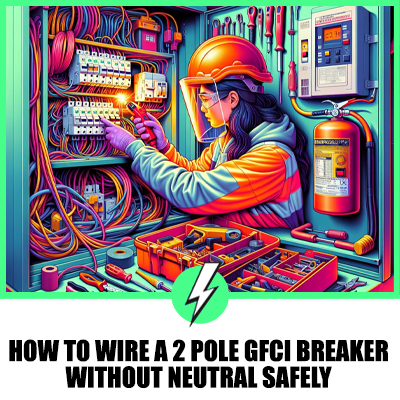
Contents
What is a 2 Pole GFCI Breaker?
When you’re delving into the world of electrical DIY, understanding what a 2 pole GFCI breaker is becomes pivotal.
Essentially, this type of breaker is designed to monitor the flow of electricity through both hot wires in a circuit. Unlike its single-pole counterpart, a 2 pole GFCI doesn’t rely on a neutral wire to function.
Its primary role is to protect against ground faults, a critical aspect of ensuring electrical safety in areas prone to moisture like kitchens, bathrooms, and outdoor spaces.
Upon detecting any imbalance in electrical current, the breaker trips, cutting off power to prevent shock or fire hazards.
- Enhanced safety from electrical shocks
- Prevention of fire hazards due to ground faults
- Suitable for circuits serving multiple outlets or appliances
Importance of a Neutral Wire in GFCI Breakers
When working with GFCI breakers, understanding the role of a neutral wire is crucial.
Normally, the neutral wire serves as the return path for electricity back to the source, completing the circuit. In a standard electrical setup, this wire is essential for the safe and efficient operation of your appliances and lighting.
However, with 2 pole GFCI breakers, the game changes slightly. These breakers are designed to monitor the balance of electrical current through two hot wires, without the need for a neutral wire in the circuit.
This characteristic is particularly useful in circuits that do not require a neutral load but still need protection from ground faults.
It’s important to note, though, that while the 2 pole GFCI breaker can function without a neutral wire for the circuit it’s protecting, the breaker itself might still need to be connected to the neutral bar in the panel for its internal mechanism.
This connection ensures the GFCI breaker can accurately sense imbalances and trip when necessary, providing optimal safety for areas exposed to moisture, such as kitchens and bathrooms.
In essence, while the neutral wire might seem redundant in the circuitry of a 2 pole GFCI breaker, its presence or connection to the breaker is vital for the safety features to operate as intended.
Reasons for Wiring a 2 Pole GFCI Breaker Without a Neutral
In certain scenarios, wiring a 2 pole GFCI breaker without a neutral offers distinct advantages.
For starters, in a 240V circuit that doesn’t utilise a neutral for the operation of connected devices, omitting the neutral wire in your GFCI setup simplifies installation.
Less wiring translates to less clutter and potential confusion during setup.
Moreover, in installations where the electrical system is designed primarily for high-power appliances, such as air conditioners or dryers, these devices often don’t require a neutral to operate.
Here, a 2 pole GFCI breaker without a neutral is perfectly suited for providing enhanced safety without unnecessary complications. It ensures protection against ground faults while keeping the wiring streamlined.
Additionally, in retrofitting or upgrading older electrical systems that might not have a dedicated neutral line for each circuit, using a 2 pole GFCI breaker without a neutral can be a pragmatic solution.
It allows for the integration of modern safety features into the system, without extensive rewiring work.
Step-by-Step Guide to Wiring a 2 Pole GFCI Breaker Without Neutral
When tackling the task of wiring a 2 pole GFCI breaker without a neutral, it’s crucial to follow a structured approach to ensure safety and efficiency.
Remember to always turn off the main power before beginning any electrical work to prevent accidents.
- Turn Off Power: Start by switching off the main circuit to cut off electrical supply, confirming with a voltage tester.
- Remove the Panel Cover: Carefully remove the cover of your breaker panel to access the circuit breakers.
- Install the GFCI Breaker: Insert the 2 pole GFCI breaker into the panel. Ensure it’s firmly in place.
- Connect the Circuit Wires: Attach the two hot wires from your circuit to the GFCI breaker, ensuring tight and secure connections.
- Grounding: Connect the ground wire from your circuit to the ground bar in the panel. This step is vital for safety.
Always double-check connections and ensure there are no loose wires. Reattach the panel cover and turn on the main power.
Test the circuit to confirm the GFCI breaker is functioning correctly. This process will integrate modern safety features into your system, even without a neutral wire, enhancing protection against electrical faults.
Safety Precautions and Tips
When embarking on the task of wiring a 2 pole GFCI breaker without a neutral, safety can’t be overstated. Prior to anything else, ensure the main power supply is turned off.
This step is crucial to prevent any risk of electric shock or accidents. Use a voltage tester on the circuit to verify there’s no current flowing before beginning work.
Wear protective gear, such as insulating gloves and goggles, to shield yourself from unexpected arcs or contact with live wires during the process.
It’s also wise to have a fire extinguisher nearby, specifically one rated for electrical fires, as a precautionary measure.
Keep your tools and surroundings organised. A cluttered workspace can lead to mishaps.
Ensure that all tools are in good condition and designed for electrical work. Damaged tools or inappropriate equipment can not only compromise the job but also your safety.
Remember, safety is paramount. If at any point you’re unsure or uncomfortable with the process, consider consulting with or hiring a professional electrician. It’s better to seek assistance than to risk potential hazards.
Conclusion
Wiring a 2 pole GFCI breaker without a neutral wire might seem daunting at first but with the right precautions and steps, it’s entirely manageable.
Remember to always prioritise your safety by following the guidelines mentioned, such as turning off the main power and using protective gear.
Don’t hesitate to call in a professional if you’re ever in doubt. By taking these measures, you’re not just ensuring a successful installation but also safeguarding yourself and your property.
Happy wiring!
